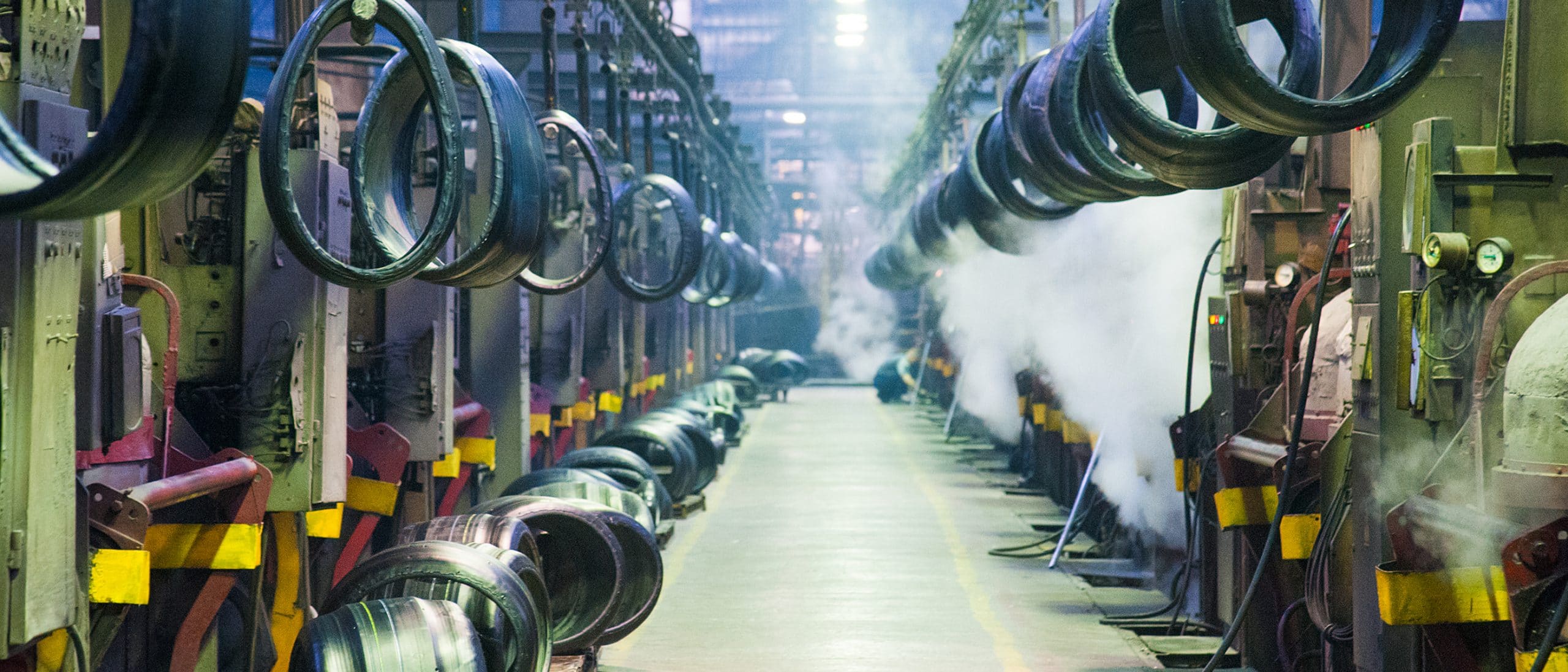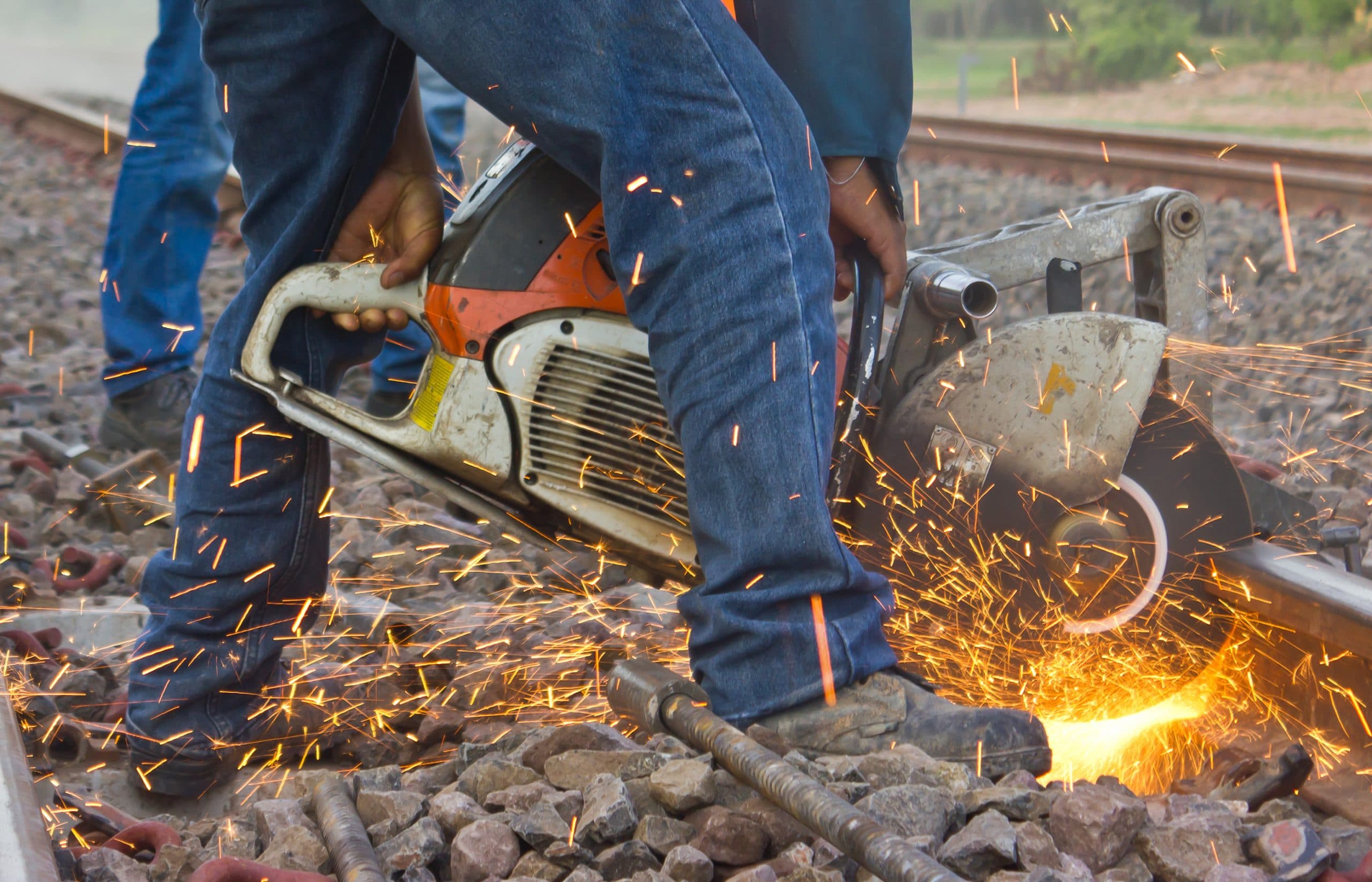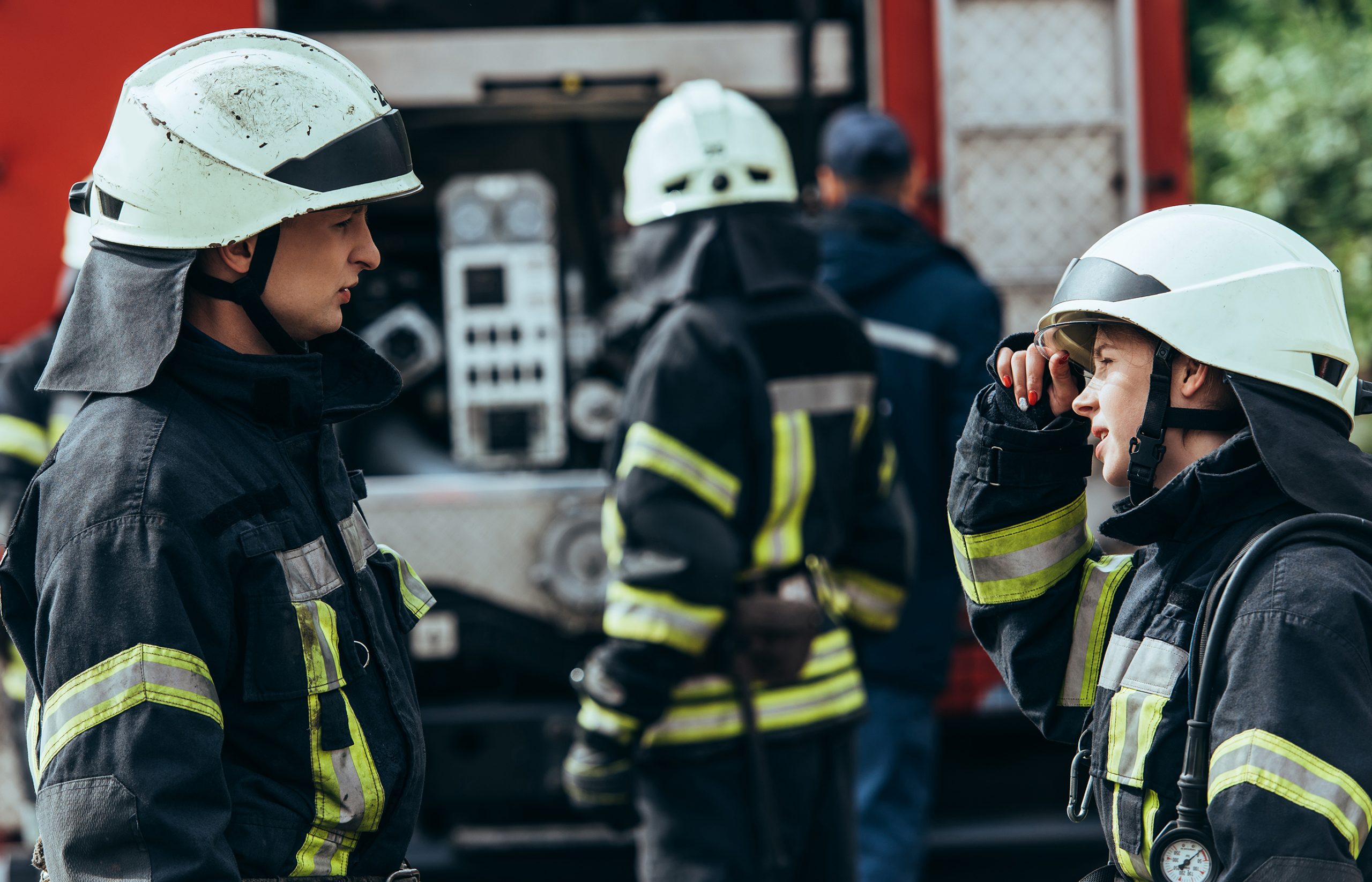Who Asbestos Lung Cancer Affects
Hearing the words “lung cancer” can bring many emotions, from confusion, concern, and a need to understand why. For some, the cause lies in past exposure to asbestos on the job or during military service. Knowing how asbestos lung cancer develops and who it affects most can guide you toward the help and answers you deserve.
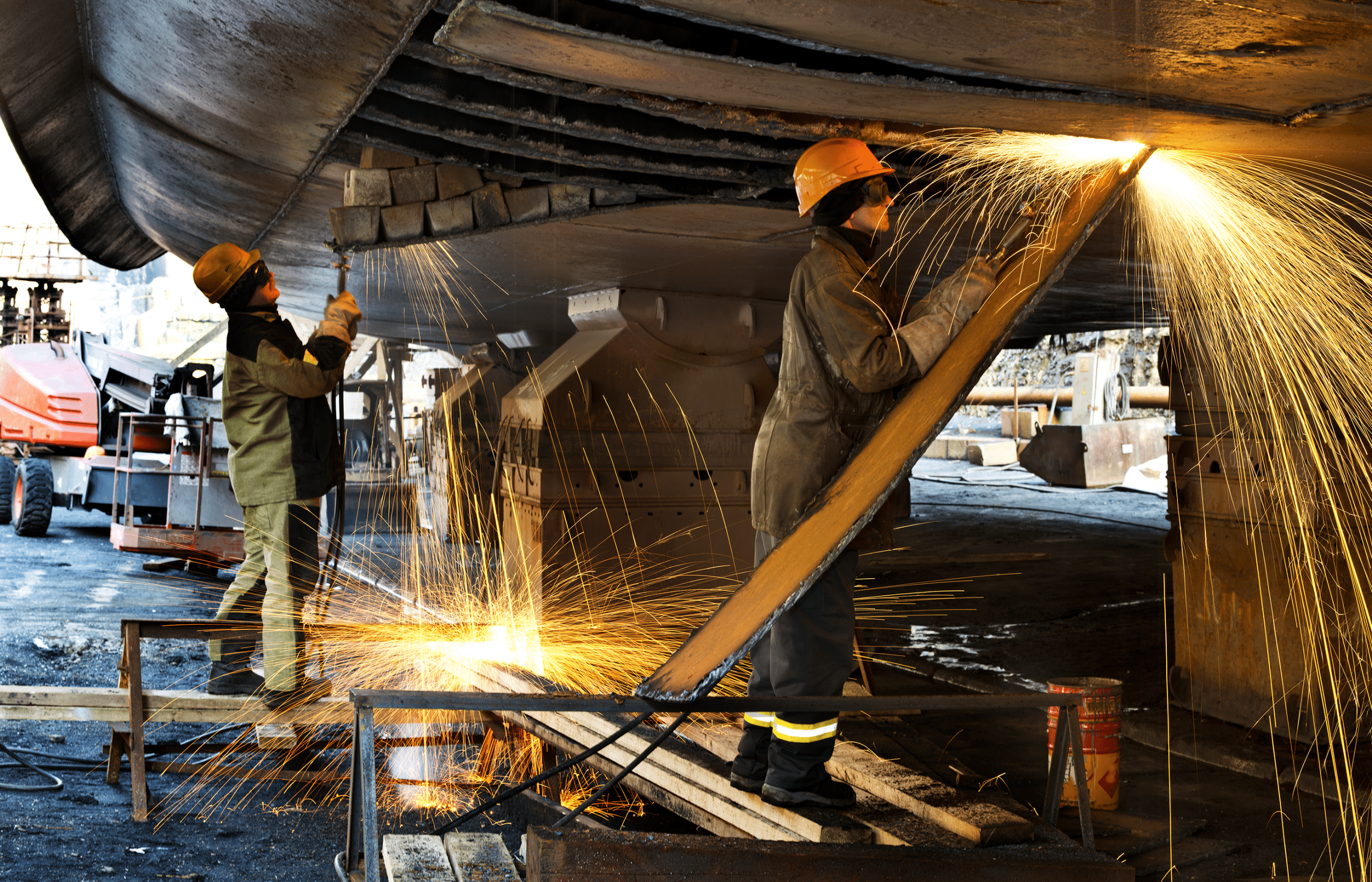
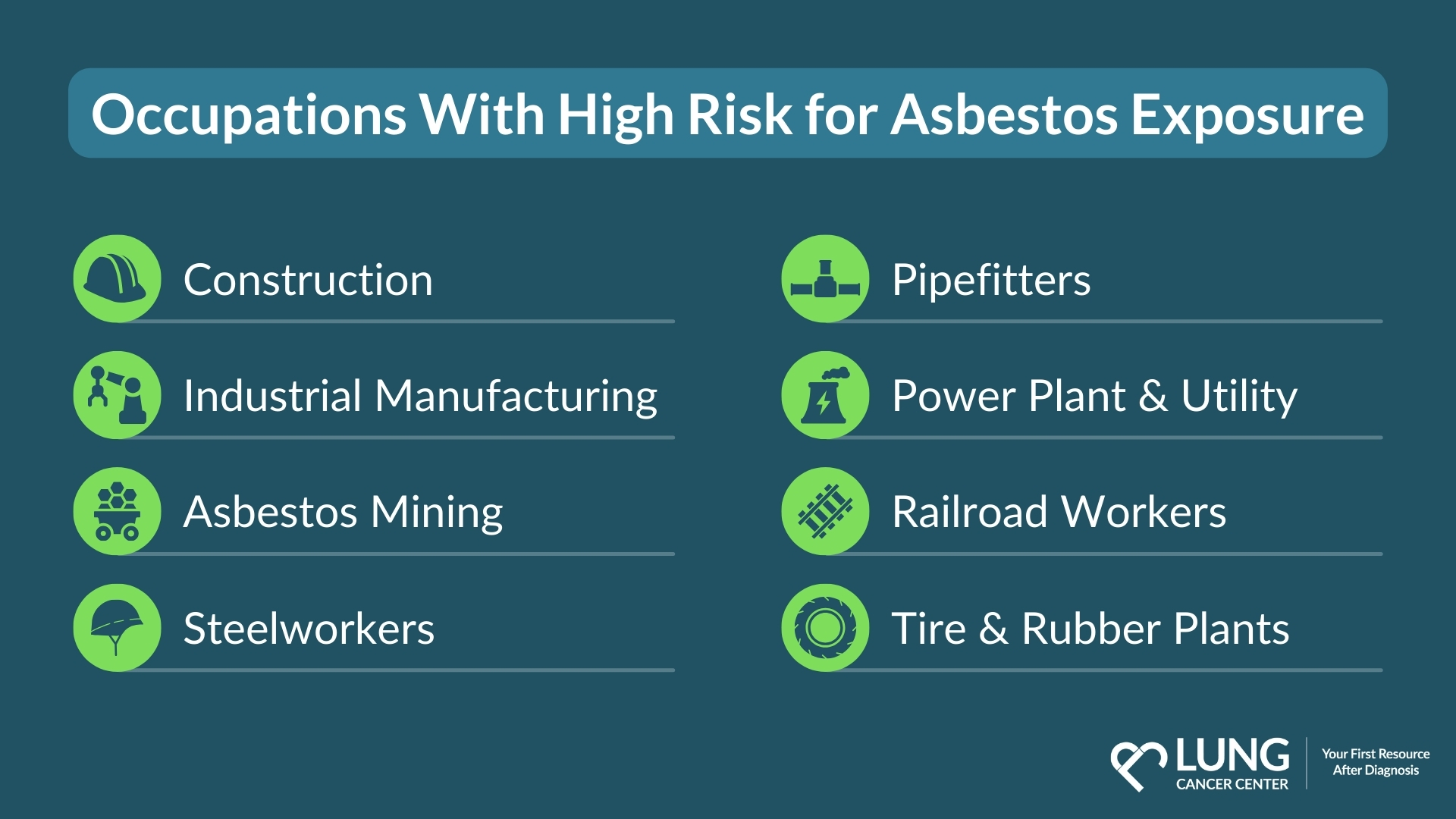
Asbestos Lung Cancer: Which Jobs Have the Highest Risk?
Asbestos exposure is one of the leading causes of occupational asbestos lung cancer, especially for those who worked in jobs with high risk due to relying on the mineral’s heat-resistant properties. Before strict regulations began in the 1980s, millions of workers encountered asbestos in construction materials, machinery, and protective gear.
According to the National Cancer Institute, asbestos exposure remains a key risk factor for lung cancer, particularly when combined with smoking. The Centers for Disease Control and Prevention (CDC) reports that people over 65 are most likely to be diagnosed due to the long latency period, meaning the disease often develops decades after initial exposure.
How Do You Get Lung Cancer?
Lung cancer can develop for many reasons, from genetic factors to environmental toxins. While smoking remains the most common cause, asbestos exposure significantly increases the risk, even for non-smokers. When both smoking and asbestos exposure occur, the likelihood of developing lung cancer is many times higher than from either factor alone.
Some people also inherit genetic traits that make them more vulnerable to cancer-causing substances. Because occupational asbestos exposure often occurred decades ago, older adults are now among the most frequently affected. Many seniors and pre-1982 workers are only now discovering how early exposure contributed to their asbestos lung cancer diagnosis. While individual and genetic factors play a role, environmental exposures outside the workplace also contribute significantly to lung cancer risk.
Environmental Causes of Lung Cancer and Mesothelioma
Lung cancer doesn’t only affect those exposed at work. Environmental factors like radon, secondhand smoke, and poor air quality also contribute to new cases each year. In some older homes, asbestos insulation and flooring materials still pose a risk, especially during renovations or repairs.
Even brief or secondary asbestos exposure, such as handling a family member’s contaminated clothing, can increase your risk.
High-Risk Industries for Asbestos Lung Diseases
Workplace exposure to asbestos, silica dust, and industrial chemicals remains a major risk factor for lung cancer among American workers. The following industries carried the highest occupational asbestos exposure risk.
Construction and Trades
Workers such as carpenters, plumbers and pipefitters, and boilermakers often handled asbestos cement, insulation, and roofing materials during daily construction and repair work. These jobs frequently involved cutting, sanding, or installing materials that released asbestos fibers into the air, putting workers at long-term risk of lung disease.
Shipyard and Aviation
Shipyard workers and aviation technicians often worked in confined, poorly ventilated spaces filled with asbestos insulation, brake pads, and fireproofing materials. Repairing ship hulls, engines, and aircraft parts frequently disturbed asbestos fibers, creating invisible dust that clung to uniforms and work areas long after each shift ended.
Industrial and Manufacturing
Employees in textile and chemical plants were routinely exposed to asbestos through equipment, gaskets, and heat-resistant fabrics. The constant use of high-temperature machinery and protective gear made asbestos exposure an everyday reality for many factory workers, often without adequate warnings about the danger.
Energy Sector
Workers in power plants and utilities and petrochemical refineries frequently encountered asbestos while maintaining boilers, turbines, and insulation systems. Because asbestos was prized for its heat resistance, these employees were exposed regularly during maintenance and upgrades, sometimes for decades before safety regulations took effect.
HVAC and Auto
Mechanics and HVAC technicians often worked with asbestos-laden brake pads, gaskets, and insulation before safer alternatives were introduced. Routine tasks like replacing parts or cutting insulation released fine asbestos dust into the air, exposing workers repeatedly over years of dedicated service.
Veterans and Military Workers Also at Risk
Veterans, especially those who served in the Navy and Coast Guard, faced some of the highest asbestos exposure levels. Asbestos was used extensively in ships, barracks, and aircraft components for insulation and fire resistance.
Because of this widespread use, military personnel continue to represent a large share of asbestos-related lung cancer diagnoses today. Understanding these risks helps veterans pursue both VA benefits and medical resources specific to asbestos exposure.
For more information, fill out a free case evaluation form today.
Other High-Risk Asbestos Lung Cancer Occupations
Some professions carried hidden risks that weren’t well-documented at the time. Firefighters, first responders, and cleanup crews frequently encountered asbestos while performing their duties in older buildings and disaster zones.
- Firefighters and lung cancer often go hand-in-hand, as they face repeated exposure to smoke and protective gear lined with asbestos.
- First responders often entered hazardous areas without protection.
- Chimney sweeps and asbestos abatement workers handled or disturbed asbestos directly, sometimes without knowing it.
If you worked in one of these roles, you may qualify for asbestos-related compensation or medical assistance.
Understanding Your Occupational Risks and Taking Action
Recognizing how your background, occupation, and environment affect your lung cancer risk can be the first step toward early detection and treatment. If you suspect that asbestos employment exposure may have played a role in your illness, reach out to discuss your work history with a legal or medical professional.
Lung Cancer Center offers free guidance and resources to help individuals and families affected by asbestos lung cancer understand their options.
Awareness saves lives, and support is available to help you protect your health and future.
